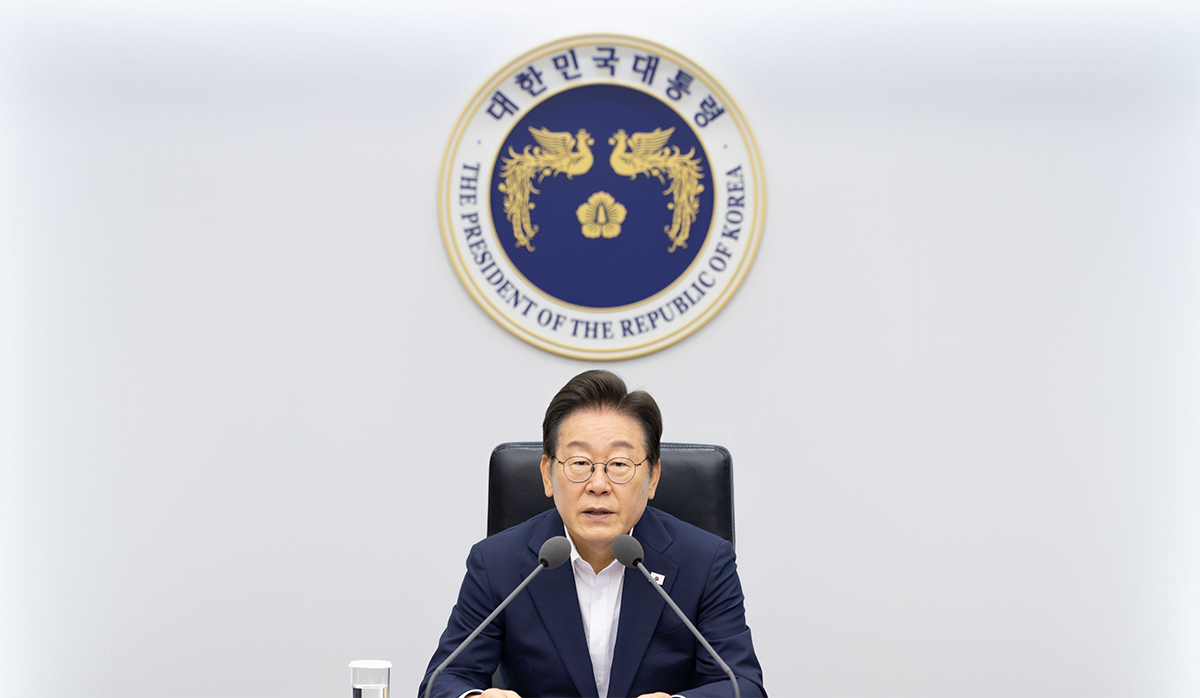
Silver prices broke above $40 per ounce for the first time since 2011 as American investors navigate Federal Reserve policy decisions and political developments in Washington that directly impact retirement accounts and investment portfolios.
Silver futures closed at $40.7 per ounce on September 1, up 2.7%. Gold gained 1.2%, trading near its April high of $3500 per ounce.
Both metals have rallied as Americans anticipate Federal Reserve interest rate cuts that would reduce returns on savings accounts and certificates of deposit.
The precious metals surge comes as U.S. inflation pressures and weakening consumer confidence drive Americans toward alternative investments.
Lower interest rates typically reduce yields on traditional savings vehicles, making precious metals more attractive for portfolio diversification.
San Francisco Federal Reserve President Mary Daly recently emphasized labor market risks and the need for rate cuts, signaling potential policy changes that would affect American borrowers and savers. Mortgage rates, credit card rates, and savings account yields typically move in tandem with Fed policy decisions.
Morgan Stanley analysts project gold could rise an additional 10% while silver has approached their price targets.
The investment bank cited Fed rate cuts, dollar weakness, and increased international demand as factors supporting precious metals prices.
UBS analyst Giovanni Staunovo noted that this week’s U.S.
employment report will be closely watched as it could determine whether the Fed begins cutting rates in September, directly impacting American consumers’ borrowing costs and savings returns.
Political uncertainty in Washington has also influenced precious metals demand. President Trump’s attempt to remove Fed Governor Lisa Cook remains under court review, with the outcome potentially affecting confidence in U.S. financial markets and the dollar.
Americans holding precious metals in retirement accounts or investment portfolios have seen significant gains, with silver up over 20% year-to-date. The rally reflects broader concerns about currency stability and the purchasing power of the dollar amid ongoing fiscal and monetary policy debates.
















